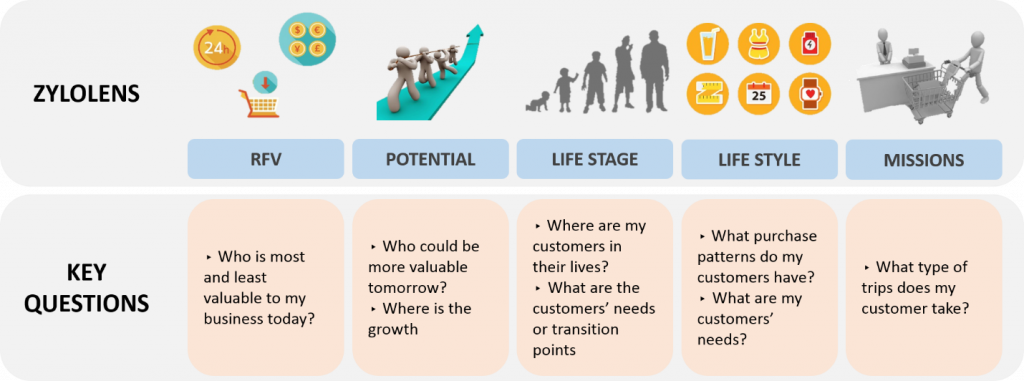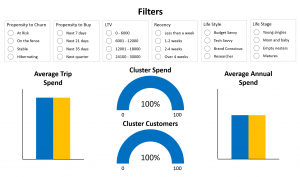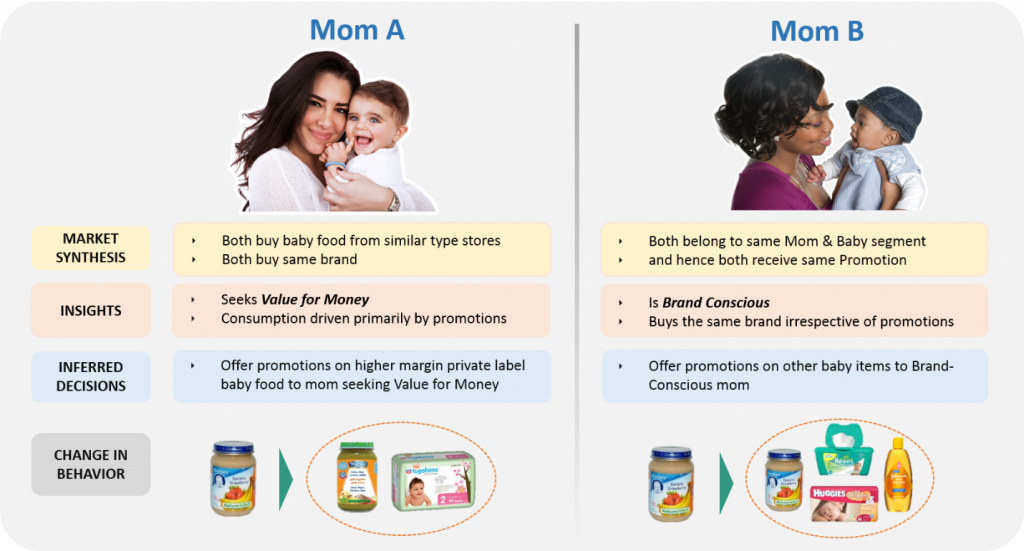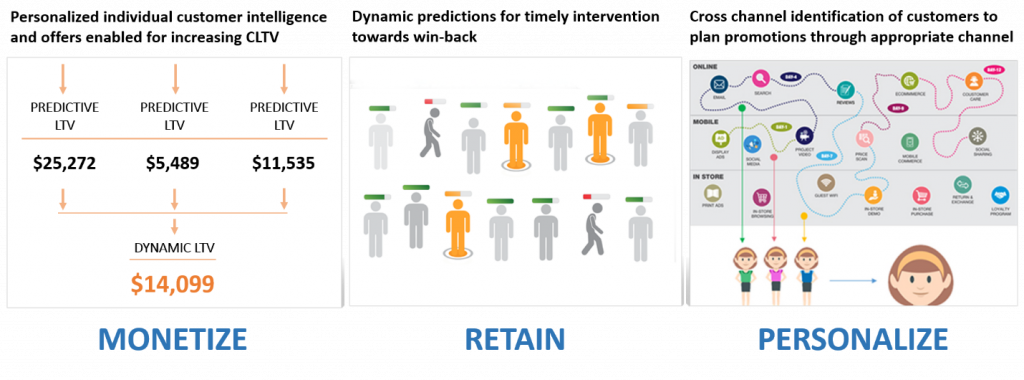When it comes to customer acquisition, best practices abound. While there is tremendous lip service around customer centricity, companies struggle to execute effective customer retention and monetization programs in this era of big data.
To help, here are 10 key steps to total customer monetization and effective retention marketing.
Know your customer – True identification of customers beyond data and technology challenges. (i.e. Active, Inactive, Loyal, Profitable, Type, Kind, One timer, Lost, VIP etc.)
Today it’s possible to pre-define the active customer, the inactive customer, and everyone in-between; gaining dynamic knowledge about each individual. With a one-time setup, marketers can leverage all their existing customer data points across demographics, psychographics, and behavior and intent to ensure campaigns are tied to each customer and then further tracked.

Dynamic Segmentation – Dynamic segmentation across 5 key lenses (Lifestyle, Life stage, Propensity, Mission, RFM.)
Customer segmentation is complex and requires numerous lenses for looking at customer data without getting overwhelmed. These five lenses serve most companies well.

Micro-Segmentation – A micro-segmentation playbook across multiple lenses and product category combinations to further develop insights with reference to each customer segment. All this must be done without worrying about coding or data prep or running SQL queries in a self-service manner.

Dynamic Cohort – Self-service and auto cohort building at each customer level across filters (i.e. LTV, Propensity score, Churn score, Activity, Demographics, Behavior, etc.)
While machine learning is advanced enough to go beyond the typical segments and look for interesting, non-obvious patterns in customer cohorts, marketers still know their business best and must be empowered to select numerous filters to make their own cohorts to do further A/B testing.
Behavioral Economics – Desired customer behavior vs. gaps, and incentive to bridge gaps. Knowing the customer thoroughly across their behaviors gives marketers a deeper understanding about interesting trends. They can see where promotions are performing poorly, or where they are doing well. At the same time, it helps in reviewing which products have higher and lower margins to further plan promotions with regards to customer behavior.
Change Customer Behavior – Through targeted promotions and personalized offers at the right time, via the right channel while bridging gaps. If we can measure this, then we can manage it well. So if we can track the customer behavior, we can always offer personalized, yet timely recommendations along the lines of Netflix and Amazon.

Tracking Each Customer’s Propensity to Buy and Churn Score – Every customer can be dynamically tracked today and assigned a next best offer, a propensity to buy as well as a propensity to churn score, and a next best action, based on those scores.
![]()
1:1 Remarketing – Enabled through your favorite marketing automation/campaign tools.This is where your favorite campaign tools come in handy, from Mailchimp to sophisticated marketing cloud tools. These tools can action content or remarketing across the right channel of customer and track from there on, while also sending campaign behavior data back to your decision engine to close the loop.
Ongoing Behavioral Awareness – True customer 360 view and continuous actionable insights.This involves mapping individual customer information across its raw data points like demographics, to metrics like propensity, churn score, LTV, segment, type, etc., to create dynamic and easy to action for business users.

Results – Total customer monetization and retention is not a destination, but part of a continuous journey, with defined approaches, steps and milestones.Customer LTV average can be measured and tracked over the time to measure overall customer lift.

Today, advancements in artificial intelligence (AI) can ensure this freedom, and put the power back in the hands of marketers, without worrying about data management, curation, models, hiring armies of data scientist or performing ad hoc analytics projects.
The ZyloTech CAP platform supports the automation of these 10 steps using sophisticated Automated machine learning (AML) techniques to ensure total monetization of your customers with complete freedom for marketers and businesses.











